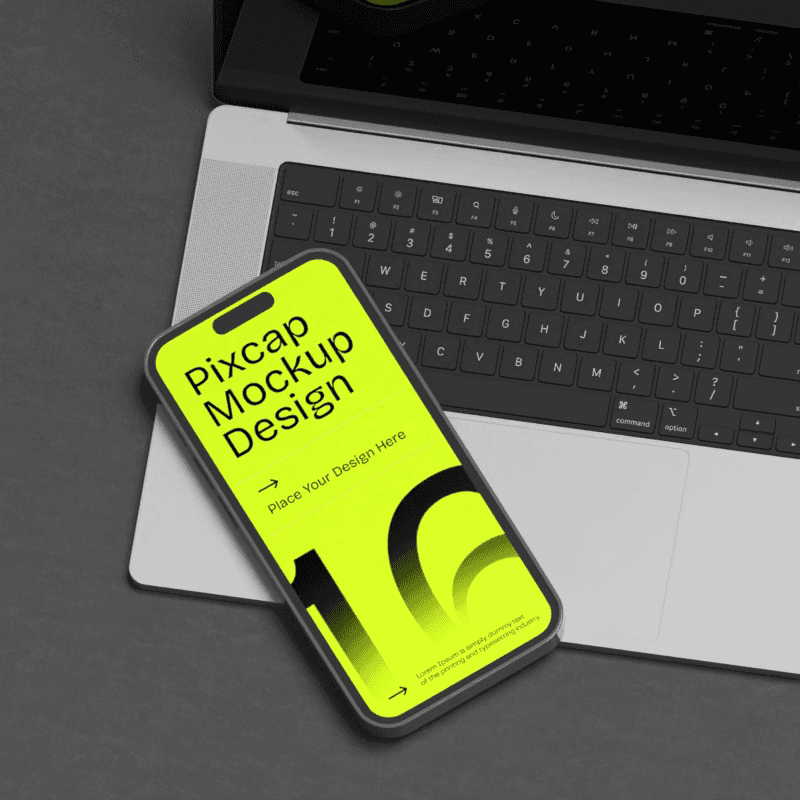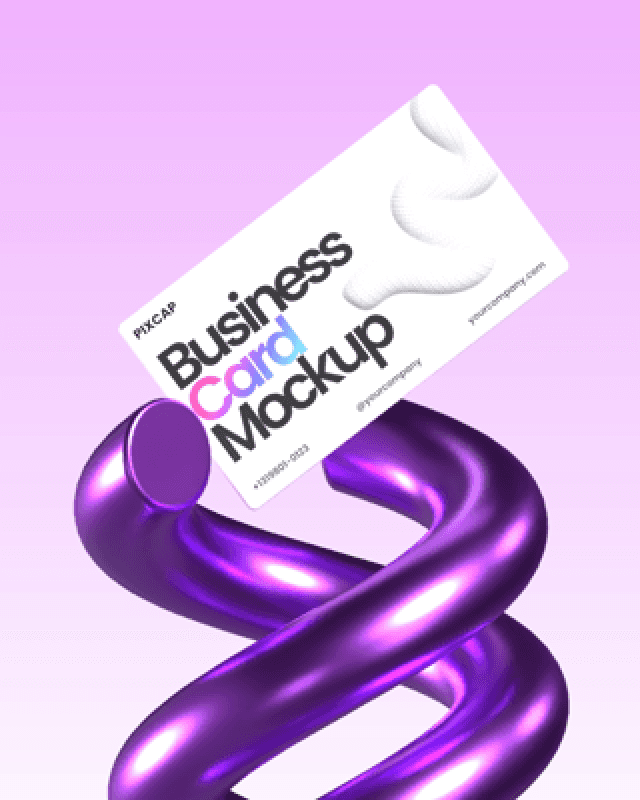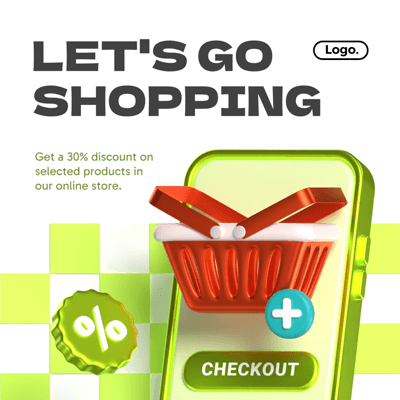In 2024, the demand for skilled UI/UX designers continues to surge as businesses increasingly recognize the value of exceptional user experiences.
Whether you are an aspiring designer or a seasoned professional looking to maximize your income, there are numerous opportunities to monetize your expertise. From freelancing and consulting to creating digital products and teaching design courses, the avenues for generating revenue are vast.
This article delves into the top ten ways you can capitalize on your skills and stay ahead in the rapidly evolving design landscape. Read on to discover practical tips and strategies to elevate your design career and open up new streams of income.
What Is UX Design?
User experience (UX) design is focused on creating meaningful and relevant experiences for users of a product or service. This involves understanding user behaviors, needs, and motivations in order to design interfaces that are intuitive, efficient, and enjoyable.
In simpler terms, UX designers create the “look and feel” of a digital product or service with the goal of enhancing user satisfaction and loyalty. This can include designing websites, mobile apps, software interfaces, and more.
As a UX designer, you will use a combination of research, prototyping, and visual design skills to create user-centered solutions that drive business success.
Do UX Designers Make Money?
Yes, UX designers can make a substantial amount of money in 2024 and beyond. With the continuous growth of technology and the importance placed on user-centered design, the demand for qualified UX designers is only going to increase.
According to Glassdoor, the average salary for a UI/UX designer in 2024 ranges from $70,000 to $120,000 per year. This number can vary depending on factors such as experience level, location, and company size. However, there are also many opportunities for UX designers to earn even more through various means.
So if you have skills in UI/UX design or are looking to enter the field, rest assured that there are ample opportunities to make a lucrative income.
Interested in graphic design career, read our article 10 Best Strategies to Make Money as a Graphic Designer.
10 Ways to Make Money as a UI/UX Designer
1. Full-Time Design Job
Pursuing a full-time design job offers several key career benefits. One major advantage is stability; unlike freelancing, full-time positions provide a steady paycheck, employee benefits, and long-term security. This financial reliability lets you focus on honing your design skills without worrying about finding the next project.
Another benefit is the company culture, where you can immerse yourself in a supportive, collaborative environment, share ideas, and grow alongside peers. Companies often offer resources like workshops, training programs, and mentorship to enhance professional development.
Full-time jobs also offer significant growth potential, with structured career paths that include promotions and opportunities for more responsibility. By staying with a company, you can deeply understand its products and user needs, making yourself an invaluable asset.
2. Freelance UI/UX Designers
Freelance UX design opens up opportunities to work on diverse projects with greater flexibility and autonomy. Platforms like Upwork and Fiverr are great for finding clients. These platforms connect freelancers with companies and individuals needing design services, offering numerous job postings globally.
On Upwork, designers create profiles showcasing their skills, experience, and past work. Clients post job listings, and freelancers submit tailored proposals. Fiverr differs slightly; designers create "gigs" outlining specific services at set prices. Clients browse these gigs and hire freelancers directly.
Leverage platforms, maintain an impressive portfolio, and offer fair rates to secure clients and build a successful freelance career.
3. Sell Design Assets
Selling UI kits, icon sets, and other design resources on platforms like Pixcap Contributor Program, Creative Market and UI8 is a great way to boost a UI/UX designer's passive income. These marketplaces let designers monetize their skills by creating high-quality, in-demand digital products. Listing your assets on Creative Market or UI8 gives you access to a wide audience of developers, business owners, and designers looking for ready-made solutions.
Creating high-quality assets ensures customer satisfaction and encourages repeat purchases. In-demand assets that reflect current design trends and address common UI challenges are more attractive to buyers. Consistently offering valuable and innovative resources can establish your reputation as a trusted designer and contribute to a steady stream of passive income.
4. Create and Sell Online Courses
If you have teaching expertise, creating and selling online courses on UI/UX design can be a lucrative way to generate passive income. Platforms like Udemy and Skillshare offer great opportunities to share your knowledge with a global audience. You can design courses covering various aspects of UI/UX design, from basics to advanced techniques.
These courses can include video lessons, interactive assignments, and downloadable resources to enhance learning. By updating your content and engaging with students through forums and Q&A sessions, you can build a strong following and reputation as an expert instructor. This can supplement your income, expand your professional network, and establish your authority in the field.
5. Monetize Your Design Blog or YouTube Channel
If you have a design blog or YouTube channel that attracts a significant following, you can monetize it by partnering with companies for sponsored content and advertisements. You can also use affiliate marketing to promote products and services related to UI/UX design, earning a commission for each sale made through your unique link.
Another way to generate passive income from your blog or channel is by creating and selling digital products like e-books, templates, or courses. These assets cater to your audience's interests and provide them with valuable resources while generating revenue for you.
6. Offer Consultation Services
With your expertise and experience in UI/UX design, you can also offer consultation services to businesses and individuals. This can include conducting design audits, providing feedback on existing designs, or offering guidance for user research and testing.
Consultation services allow you to leverage your skills and knowledge while working with clients on a more personal level. You can set your own rates and schedule, making it a flexible option for generating passive income alongside other sources of revenue.
7. Develop Your Own Web or Mobile App
If you have an idea for a web or mobile app related to UI/UX design, consider developing and launching it on the App Store or Google Play Store. With the rise in popularity of mobile apps, this can be a lucrative source of passive income.
You can also monetize your website or app through in-app purchases, subscriptions, or advertisements. Be sure to conduct thorough market research and create an engaging design to increase its chances of success.
8. Create and Sell Physical Products
In addition to digital products, you can also consider creating and selling physical products related to UI/UX design. This could include branded merchandise like t-shirts or mugs, or even custom-designed notebooks or sketchbooks.
By incorporating your unique design style into these products, you can appeal to your audience's interests while generating passive income. You can sell these products through your own online store or partner with print-on-demand services to handle fulfillment and shipping.
9. Host Workshops or Webinars
Another way to monetize your skills in UI/UX design is by hosting workshops or webinars. These can be one-time events or a series focused on teaching specific techniques or tools related to design.
You can charge for attendance, offer exclusive content or resources, and even collaborate with other experts to increase the value of your workshop or webinar. Additionally, you can record and sell the sessions as digital products for passive income in the future.
10. Collaborate with Brands or Agencies
Building partnerships with brands or agencies in need of UI/UX design services is another way to monetize your skills. You can offer your services as a freelancer, consultant, or even collaborate on long-term projects.
By establishing yourself as an expert in the field, you can attract high-paying clients and potentially create ongoing partnerships that provide consistent income. This also allows you to expand your portfolio and gain valuable experience working with different brands and industries.
Who Gets Paid More UX or UI?
Both UX and UI designers play important roles in creating a successful user experience, but the salary for each role can vary depending on factors such as location, experience, and company size.
According to Glassdoor, the average salary for a UX designer is $90,928 per year in the United States. This is slightly higher than the average salary of $88,237 for UI designers. However, it's worth noting that these numbers can fluctuate significantly based on individual circumstances.
In some cases, UI designers may earn more due to their expertise in software development or technical skills. On the other hand, UX designers typically have a deeper understanding of user research and psychology, which can also command higher salaries.
Ultimately, the salary for both roles can be lucrative depending on your skills and experience. It's important to continue developing your skills and staying updated on industry trends in order to remain competitive in the job market.
Can I Become a UX Designer with No Experience?
Yes, it is possible to become a UX designer with no prior experience. However, it may require more effort and determination on your part.
One option is to pursue a formal education in UX design or take online courses to gain the necessary skills and knowledge. You can also build your portfolio by taking on personal projects or offering your services for free or at a lower cost in order to gain hands-on experience.
Another approach is to network with professionals in the field and seek mentorship opportunities. This can provide valuable guidance and insight into the industry while also potentially opening doors for job opportunities.
While having no experience may make it more challenging to land a UX design job, it is not impossible. With hard work and dedication, you can break into the industry and build a successful career as a UX designer. So don't be discouraged if you are just starting out – there are plenty of opportunities for growth and development in the field.
How Long Does It Take to Learn UX?
The time it takes to learn UX design varies depending on the individual and their learning pace. Some people may pick up the necessary skills quickly, while others may take longer to grasp the concepts.
In general, formal education programs in UX design can take anywhere from 6 months to 2 years to complete. However, self-paced online courses or workshops can be completed in a shorter amount of time.
It's important to note that learning UX design is an ongoing process as new technologies and techniques emerge. It's essential for UX designers to stay updated and continuously improve their skills throughout their career.
Overall, the length of time it takes to learn UX design may vary, but what's important is consistency and dedication in learning and developing the necessary skills. With a strong foundation and continuous learning, you can build a successful career as a UX designer.
What Skills Do I Need to Become a Successful UX Designer?
To become a successful UX designer, there are several key skills that you should possess. Some of these include:
User Research: A crucial aspect of UX design is understanding the needs and behaviors of users. This requires strong research skills and the ability to gather and analyze data effectively.
Visual Design: As a UX designer, you will be responsible for creating visually appealing and user-friendly designs. Knowledge of design principles, typography, and color theory is essential for this aspect of the job.
Information Architecture: This skill involves organizing and structuring information in a way that makes it easy for users to find what they need. It requires an understanding of how to create intuitive navigation systems and logical content hierarchy.
Wireframing and Prototyping: These are techniques used to create low-fidelity mockups of digital products. They allow designers to test ideas quickly and gather feedback before moving on to high-fidelity designs.
Interaction Design: This involves creating the interactions and animations that bring a design to life. It requires an understanding of user behavior and psychology, as well as knowledge of coding languages such as HTML, CSS, and JavaScript.
Collaboration and Communication: UX design is a collaborative process, involving working with other designers, developers, and stakeholders. Strong communication skills are essential for effective teamwork and successful project outcomes.
Where to Find Jobs in UX Design?
If you possess these key skills and are ready to embark on a career in UX design, you may be wondering where to find job opportunities. Here are some common places that companies post UX design jobs:
Company Websites: Many companies have a "Careers" section on their website where they list open positions. You can directly apply for UX design roles through their site.
Job Search Engines: Popular job search engines like Indeed, Glassdoor, and LinkedIn often have a wide range of UX design jobs listed from various companies.
Online Portfolios: Some designers showcase their work on online portfolio platforms such as Dribbble, Behance, or Adobe Portfolio. Companies may also use these platforms to find and hire designers.
Networking: Building connections within the design community can lead to job opportunities through word-of-mouth referrals.
UX Design Conferences and Events: Attending industry events and conferences is a great way to not only learn more about UX design but also network with professionals in the field. Some companies may also use these events to recruit new talent.
Conclusion
As the demand for user-friendly and intuitive digital products continues to grow, so does the need for skilled UX designers. With a strong foundation in design principles, user research, and communication skills, you can chart a successful career in this field.
So, if you're passionate about creating meaningful user experiences and have the necessary skills, don't hesitate to pursue a career in UX design – the possibilities are endless!














